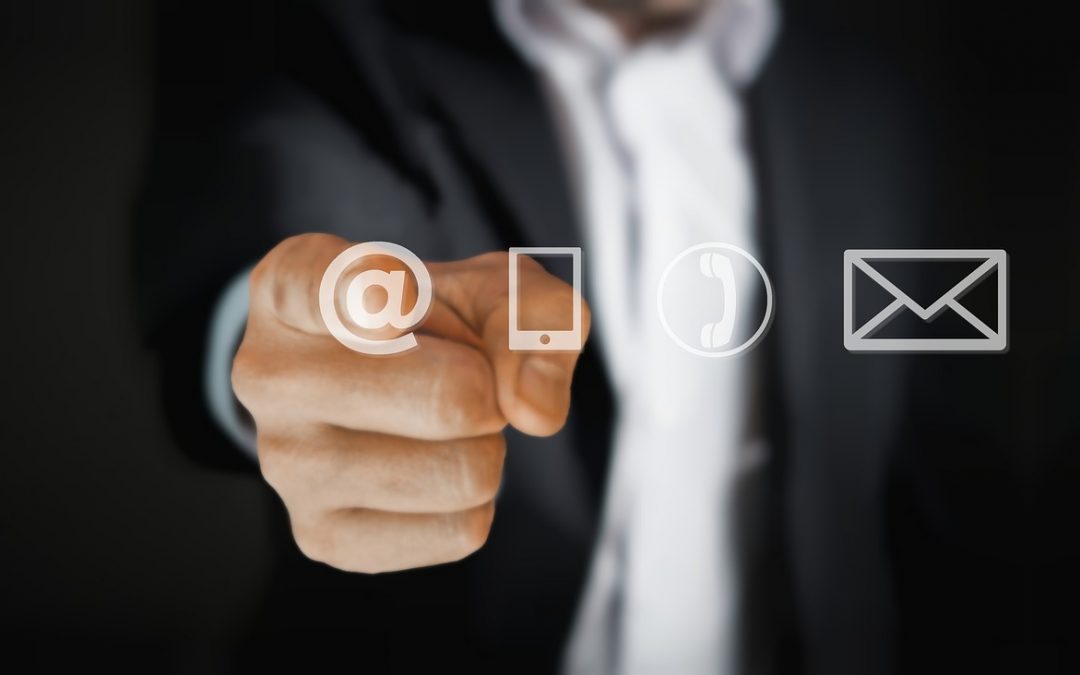If you are looking for a way to protect your domain against spoofing and prevent hackers from forging your email to launch scams, phishing campaigns or email attacks, DMARC is the way to go.
DMARC is an email authentication system that can help you identify if anyone is using your domain without authorization and thus prohibit the delivery of non-verified email as per the domain’s DMARC reject policy based on the organization’s risk tolerance.
DMARC Check
DMARC enables you to address the issue regarding unauthorized use of your email domain by incorporating a policy in DMARC records. DMARC records are a list of individuals who are authorized to use the company’s domain for sending emails and are listed in DNS. The DMARC record informs all the major ISPs, including Microsoft, Gmail and yahoo etc., that the organization’s domain is programmed to use DMARC.
DMARC is used in concurrence with the two commonly used email authentication protocols, namely SPF or DKIM, which provide reports about who is using the domain to send emails. In the event of an email failing the authentication test by SPF or DKIM or both, a DMARC check is conducted to evaluate if the email can be passed and delivered, quarantined or rejected right away.
DMARC validates all the emails based on the DNS records when applied on emails. Then the organization analyses its DMARC activity to evaluate what has been emailed from its domain.
The DMARC record checker enables the organization to authenticate its DMARC Record. Once the DMARC check is done, the email delivery is enabled according to the organization’s policy.
Thus, with DMARC, mail servers are able to check if there is an alignment between the domain name in the header from and the information in the email. It uses SPF authentication and the DKIM signature for the purpose. In case it fails the SPF and DKIM authentication test, the recipient’s mail server can perform a DMARC check based on the email sender’s DMARC policy.
Organizations can establish a policy based on their risk tolerance. Usually, three kinds of approaches are adopted.
- Email traffic is monitored, and no action may be taken. At times messages are sent as a normal email, but a warning may be included.
- If the email fails the DMARC check, it may be subjected to quarantine and diverted to the spam folder. The end-user can approve it manually later.
- If the email is unauthorized, it is not allowed to be delivered; this policy is the ultimate goal of applying DMARC.
DMARC check enables an organization to improve its email security and save itself from phishing scams and malpractices.

